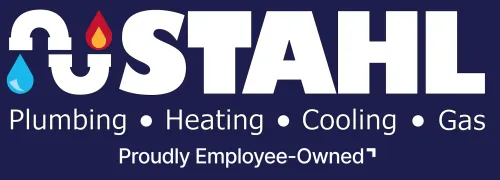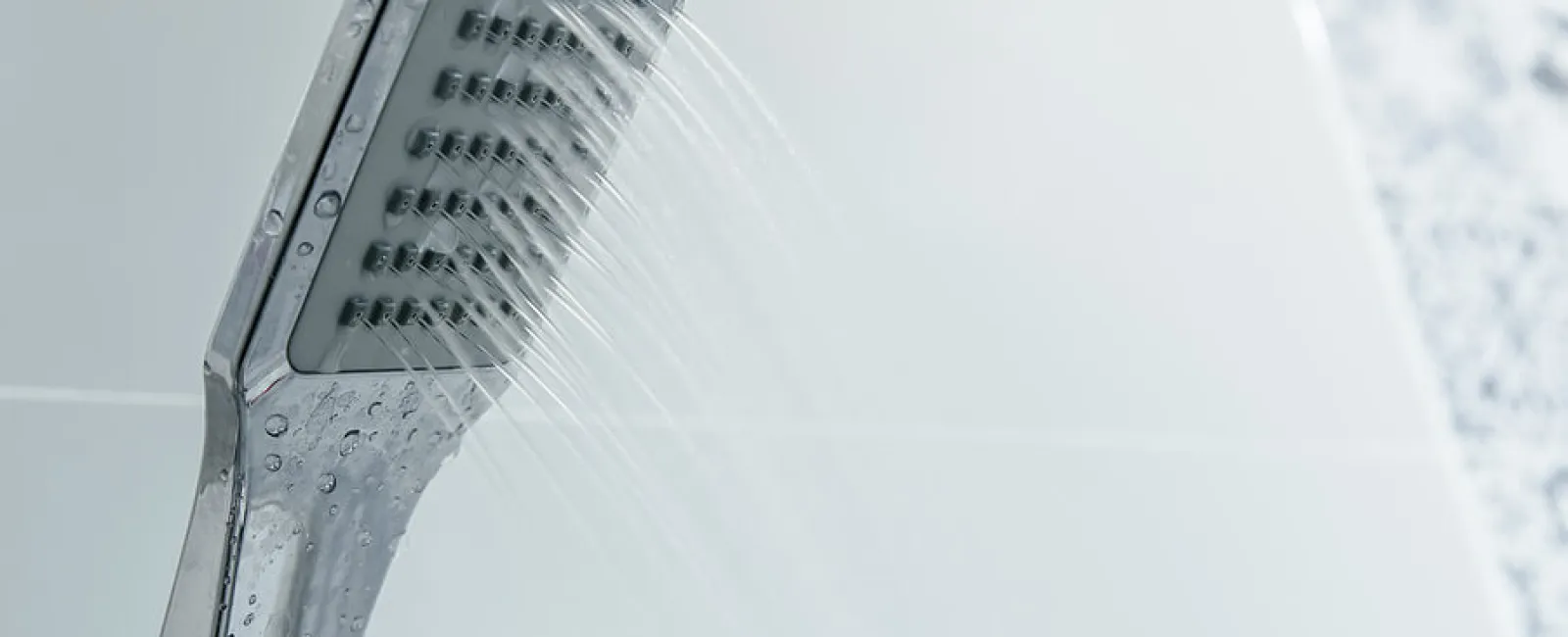Have you ever been taking a shower, someone flushes the toilet, and you experience a momentary loss in pressure? Your water flow goes from a full stream to a dribble, and it's frustrating - especially if you're in the middle of trying to rinse some extra suds from your hair. But imagine if you always had low water pressure in the shower? Or, if you had no water pressure in the shower but plenty everywhere else? Taking a quick shower becomes nearly impossible because low water pressure makes getting clean take twice as long.
If you're experiencing a water pressure problem, here are some things you may want to investigate further.
Why is My Water Pressure Low?
No water pressure in the shower, but plenty everywhere else is a sign that something is going on with your shower. Low water pressure in showers is typically caused by:
1. A clogged showerhead
A clogged showerhead is the most common problem and the easiest fix, too. Showerheads get clogged when a buildup of debris and minerals blocks the lines in the showerhead. You can unscrew your showerhead and soak it in a cleaning solution. Soaking the showerhead in white vinegar is one of the best ways to clean and dissolve any built-up debris. After soaking it, you should use a soft bristle brush, like a toothbrush, to clean away any lingering materials.
2. Blocked or broken pipes
If you cleaned your showerhead and the pressure hasn't improved, the low pressure could be due to a blocked or broken pipe. The biggest indicator that you have a pipe problem is if you can hear running water or dripping noises in your walls when the water is turned off. This is a severe problem, and you need to call a plumber right away to look. Broken or blocked pipes can cause leaks inside your walls, leading to water damage that can escalate quickly.
3. Broken pressure balancing valve
Another reason you have low water pressure in the shower can be from a broken pressure balancing valve. The pressure balancing valve is responsible for mixing hot and cold water and keeping it at a specific pressure. These valves control multiple fixtures in your bathroom, which is why you might experience a loss of pressure when a toilet flushes; the valve allows cold water to be diverted to your toilet to refill the tank. If the valve is broken, you'll experience a loss in pressure for the entirety of your shower, and not just after a toilet is flushed. A plumber is needed to diagnose and fix a broken valve.
4. Broken pressure reduction valve
If every water source in your home experiences a sudden loss in pressure and not just one single shower, the culprit might be a broken pressure reduction valve. The pressure reduction valve is located where the main water line meets your home. This valve prevents too much water from coming from your primary source, but if it is blocked for some reason or not working correctly, it could contribute to the low pressure you experience. The right plumber can diagnose and fix a broken reduction valve too.
5. A broken diverter valve
If you have a combination shower and bath, and the tub faucet gets adequate water pressure, but the shower head doesn't, it could be the diverter valve. A diverter valve diverts water from the faucet to the showerhead, but over time, they can get worn out and stop functioning properly. If you turn on the shower and water comes out of the faucet, too, you may have problems with your diverter valve. A professional plumber can also fix this.
If you've recently wondered, "Why is my water pressure low?" when taking a shower, contact us at Stahl Plumbing today. Other than cleaning your showerhead yourself, most of the causes of low water pressure in showers need to be fixed by a professional plumber. Don't waste another day taking a shower with inadequate pressure! We'll get your shower pressure back where it should be in no time!

